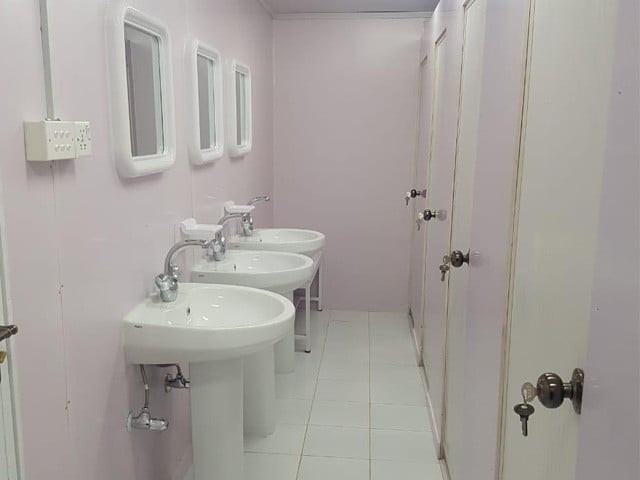Today’s women have come a long way when it comes to education and career equality. What is lacking, however, is support and consideration when it comes to menstrual hygiene at institutions and workplaces, which is often ignored by the policy makers and implementers due to lack of education and awareness on the issue.
Persistent taboos and stigma, limited access to hygienic menstrual products and poor sanitation infrastructure undermines the educational opportunities for girls and women. It also affects the health and overall social status of women around the world. According to statistics, almost 30% of schools in Pakistan lack functional toilet facilities in both public and private sector, which is one of the biggest barriers to adolescent girls’ education.
Menstrual Hygiene Day (MH Day) is a global advocacy platform that brings together the voices and actions of non-profits, government agencies, individuals, private organisations, and the media to promote good menstrual health and hygiene for all women. More specifically, it breaks the silence, raises awareness, and changes negative social norms around menstrual health, and engages decision-makers to increase the political priority and catalyse action at global, national and local levels. The mission is that no girl or woman is held back just because she menstruates.
Most of the city planners, architects and builders are men who do not understand or consider women's basic requirements in public toilets. Therefore, a good starting point for planners and decision-makers could be to ask women in their family, social circles or at work of their basic requirements of a toilet at public places, schools or workplaces.
Certain small and simple changes can make a huge difference; changes that are not costly and prove to be highly effective and beneficial for women to feel comfortable using toilets outside their home.
The primary responsibility of ensuring appropriate toilet standards for women lies with the government, which can be done so by passing regulations for all offices and institutions. Necessary guidelines and revision of building codes can be considered and institutionalised by government departments. This is an important aspect of women and girls’ empowerment.
Here are five steps to consider and implement to improve toilet facilities for women that will make a huge difference for them and reduce absenteeism from school and work to ensure productivity:
1) Toilet design:
This should ensure privacy in the form of cubicles, clean seats, washbasin to wash any soiled cloths and handwashing. The windows, if any, should be high enough to maintain privacy, and door-locks should be strong. Moreover, it should have adequate lighting and should be suitable for women with disabilities which includes wide doors, railings and ramps.
2) Disposal mechanism:
It is important to have covered dustbins to discard used sanitary napkins which should be emptied properly and regularly.
3) Water availability:
Water is essential to maintain hygiene in a toilet, and therefore clean access to water should be available at all times.
4) Cleaning and sanitary products:
Soap and/or detergents should be easily available in case of stains and other accidents. Appropriate cleaning tools are also necessary to keep the toilet clean. More importantly, a cupboard or dispenser for sanitary napkins should always be stocked.
5) Toilet cleaner:
A female caretaker responsible for keeping the toilet clean and hygienic is very important at all times. It has been noted that toilet cleanliness may become a hurdle to women's willingness to use them. There is widespread perception (and perhaps reality) that public toilets are not often clean enough, which result in women's reluctance to use them. Moreover, the caretaker can maintain stock of sanitary material and sell them, thereby ensuring availability of the product as well as generating a livelihood for her.



COMMENTS
Comments are moderated and generally will be posted if they are on-topic and not abusive.
For more information, please see our Comments FAQ